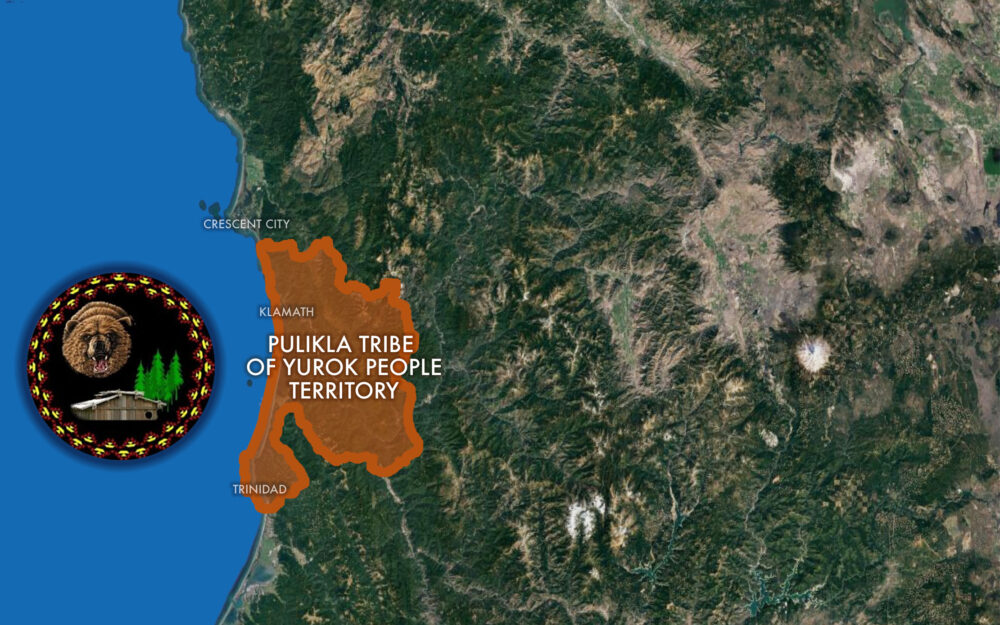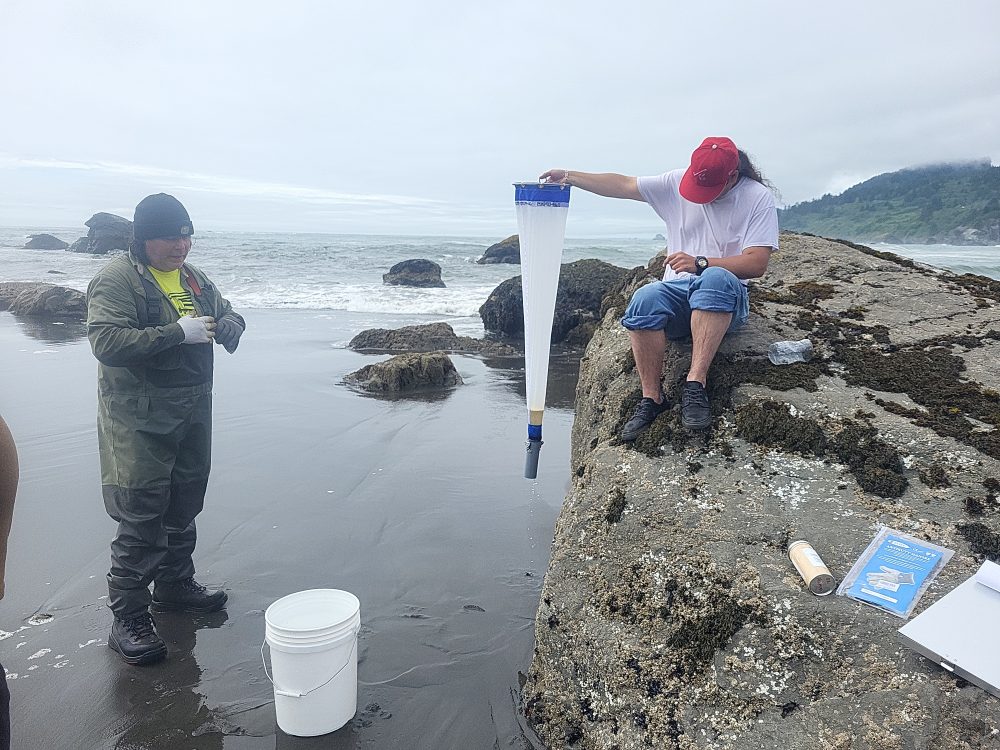Tribal Intertidal Digital Ecological Surveys (TIDES)
Environmental Stewardship
Yearly mapping documents long-term changes occurring at traditional gathering sites that may not be obvious from short-term studies. The final 3D model output allows detailed identification of all biota present. Changes in intertidal biota could potentially be linked to climate change, rising sea levels, and/or changes to ocean conditions (for example ocean acidification).


Surf Fish (Surf Smelt) Sampling / EDNA
Environmental Stewardship
Juvenile surf smelt rear in nearshore areas while feeding on plankton, and adults (1-2 year old fish) will school together for spawning along gravelly sandy beach faces in spring through fall months. One key indicator for whether surf fish are present is the observation of large numbers of sea birds foraging in the surf zone. Our goal is to learn about the seasonal patterns of presence and abundance of this once highly sought-after traditional food source.
Coastal Monitoring for Harmful Algal Blooms (HABs)
Environmental Stewardship
Coastal sampling for HAB trackss toxin levels in bi-valve shellfish such as mussels (Mytilis sp.) and phytoplankton. Domoic Acid and Paralytic Shellfish Poison are biotoxins that can pose serious threats to public health if undetected in shellfish that are collected by community members and the public for consumption. Phytoplankton samples are also collected as an early warning indicator that toxigenic species are proliferating at a certain location.


Community Outreach
Tribal Capacity Building
The Tribe hosts an annual two-day Ocean Stewards Camp (OSC) for local tribal youth each summer. Tribal youth are introduced to marine science and cultural education, including developing an understanding of important land-to-sea connections, water quality, and ocean health. Pulikla Tribal Citizens and cultural knowledge bearers participate in the OSC and share traditional ways of caring for the ocean and coasts.



